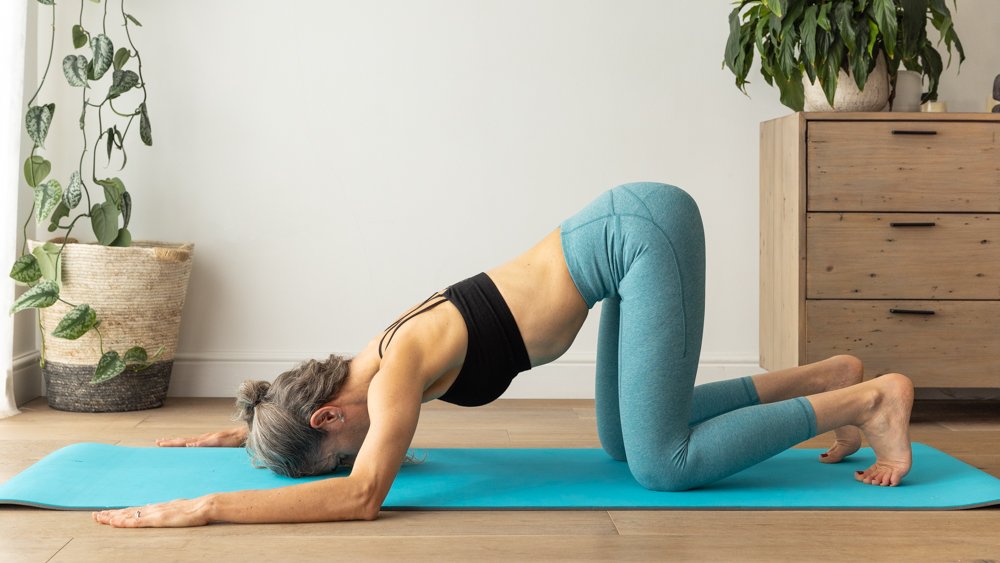My Journey with Diastasis Recti: A Personal and Professional Reflection – Part 2
The Role of Pilates, and Where It Fell Short
Pilates did help. It gave me a practice, structure, informed my posture and improved my strength, and gave me time to reconnect with myself. It eased the tension of carrying, feeding, and nurturing a new baby. Movement has always helped me feel better in my skin.
At the same time, I was exposed to other techniques. My husband was training in Applied Functional Science in the U.S. and gave me a DVD with movement sequences—three-dimensional, loaded, functional patterns. I tried it for about six months. It had value, but it felt too heavy, too complex. I couldn’t embody it well, possibly because I hadn’t done the training. I need to truly understand something to apply it—my dyslexia means I have to feel it, not just follow steps.
Learning, Requalifying, Reinvesting
Years passed. I requalified through Polestar Pilates and began to understand movement more deeply. I took a specialised course in prenatal and postnatal Pilates, which aligned with my growing client base and my personal healing. I noticed that sometimes my belly looked better, other times not. The gap narrowed slightly, but I hit a plateau.
At that time, I still viewed the healing I needed to do with the lens of needing to “get stronger”, as a matter of needing to flatten my stomach. I felt embarrassed—even ashamed—that I was a Pilates teacher who “looked the part” but had a misshapen belly. I was eager to help other postnatal women, but the approaches I explored felt overly focused on the rectus abdominis and not the whole system. Something was missing.
I felt frustrated. Alone. Worried I wasn’t doing my best for my clients or myself.
Then I became pregnant with our second child. I moved more mindfully, but still carried dysfunction. After giving birth again, I was back in the same place. And anyone with more than one pregnancy knows—you “show” sooner the second time around, and additionally my system was already compromised, the fascial integrity already interrupted.
Building Knowledge – Piece by Piece
Between 2008 and 2012, I took every training I could: workshops in postnatal abdominal support, the Franklin Method, Thomas Myers’ Anatomy Trains model, observed dissection experiences, women’s health Pilates courses. Some were deeply insightful—especially the dissection day and Anatomy Trains model—but they also felt out of reach, geared more toward manual therapists. I didn’t yet know how to apply what I was learning. But I knew how to teach movement.
My husband began training in Dynamic Neuromuscular Stabilisation (DNS), rooted in developmental kinesiology. I saw our children naturally go through the phases of stabilisation—rolling, sitting, crawling, walking. It was incredible to witness. Pregnant with our third daughter in 2013, I trained to become a DNS exercise instructor.
DNS taught me how to manage intra-abdominal pressure properly, the importance of aligning the head-thorax-pelvis relationships, and to see myself three-dimensionally. Watching our baby daughter with gastric reflux resolve her symptoms because she progressed through movement milestones and began to crawl was like witnessing magic—the magic of design. The body is wired to develop stability through movement. This was a turning point.
DNS developmental exercise positions taken from my OnDemand DNS Library.
The Bigger Picture – Beyond the Abs
I began to see DIASTASIS RECTI not just as a gap, but as a signal of deeper dysfunction. My organs weren’t receiving the same support. The "front wall" was compromised. Over time, I believe this contributed to a pelvic organ prolapse—not during birth, but years later. Lack of anterior integration leads to cascading issues.
Even with all this knowledge and progress, I still saw coning when I moved. I still felt strange in swimwear. I refused to hide my body and the visual story of having grown them from my daughters, but I still felt unsatisfied.
On Holiday, post children, still showing signs of a Diastasis Recti.
A Shift – Inversion and Fascia
In 2016, I did an Oov certification weekend, spending hours in inverted positions. The result? A visible shift in organ positioning. Practicing in inversion offered temporary—but meaningful—relief. It gave me and my clients a new tool.
That same year, I trained in The Diastasis Recti Recovery Method by Carolyn Anthony (instigator of International Diastasis Awareness month), which again nudged me toward the importance of fascia, breath, and movement. But it still didn’t fully explain the role of our fascia—it was becoming a buzzword, but I needed depth.
In 2020, I became a certified Hypopressives trainer. This technique addresses the positioning of the pelvic and abdominal viscera, restores core pressure, and improves pelvic function. This, another major piece in the puzzle I was slowly solving, it felt like a major breakthrough and with regular practice I was able to feel how my abdominal organs were starting to gain some anterior support. My tone was waking up. My fascial tone.
Hypopressives technique postures, Crossed Legged & Prayer.







